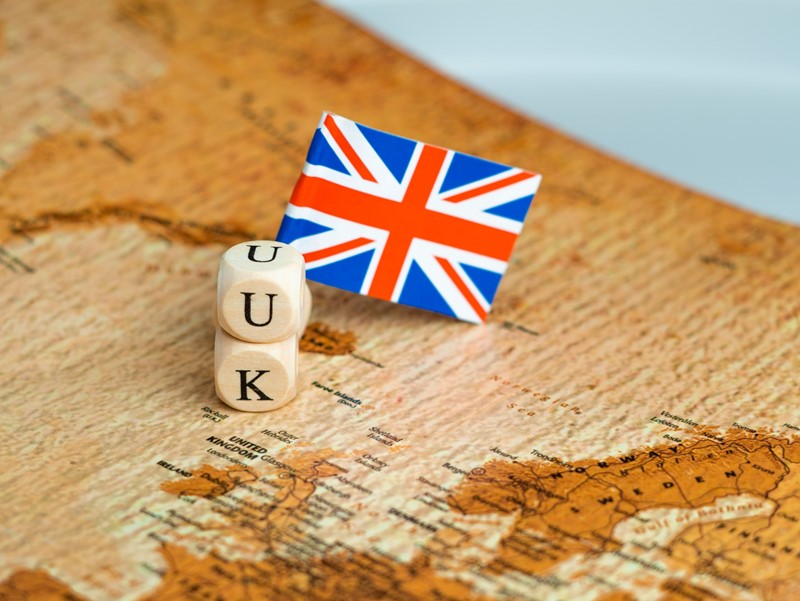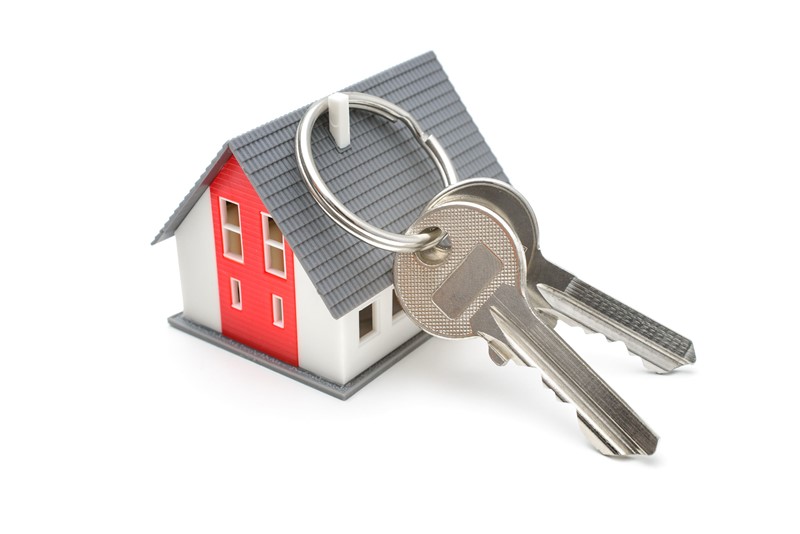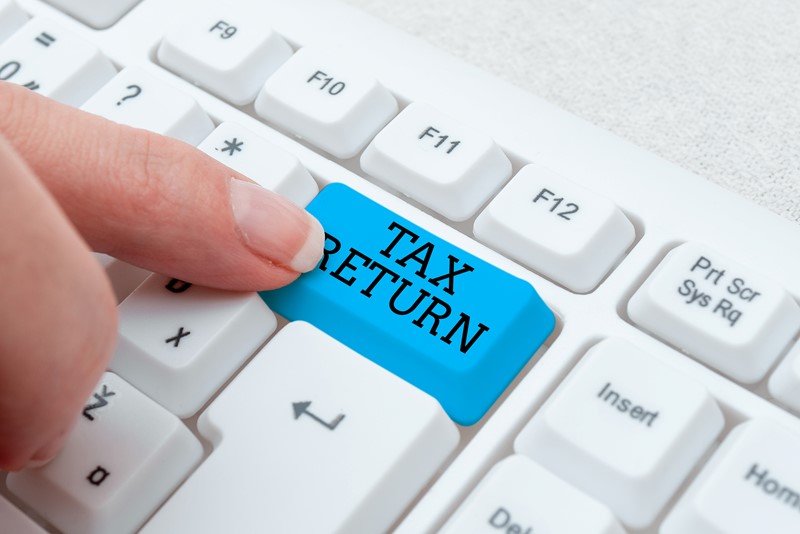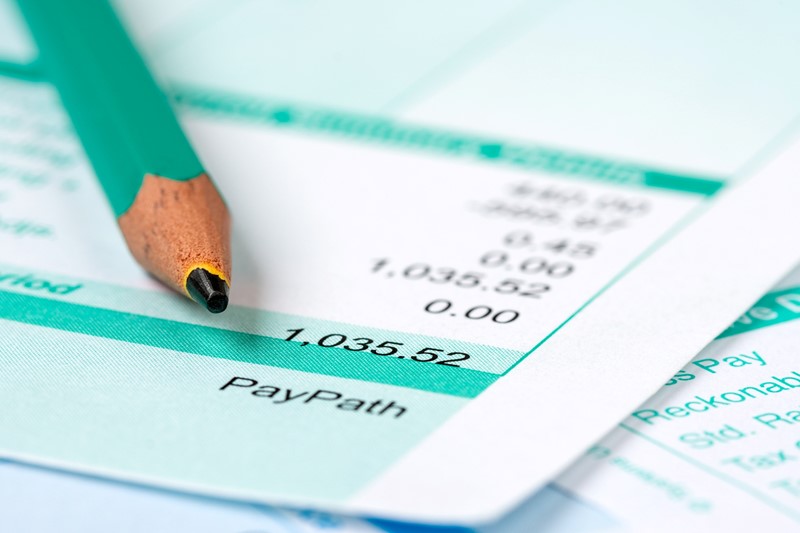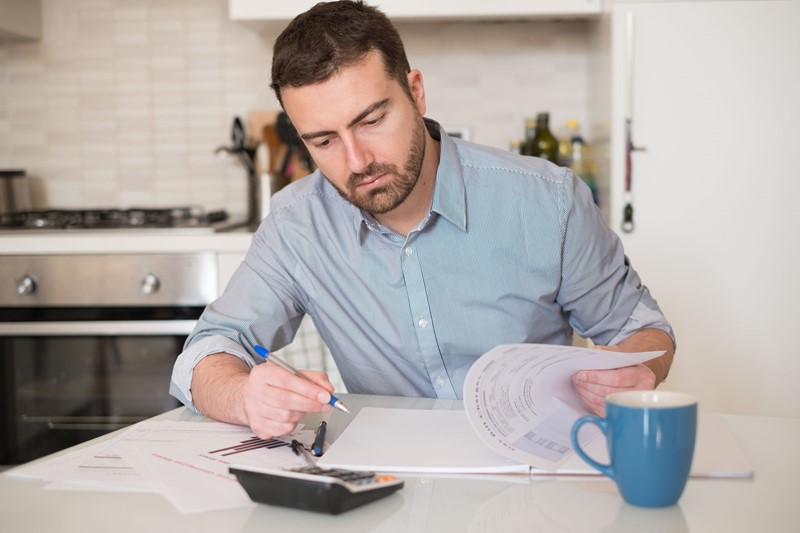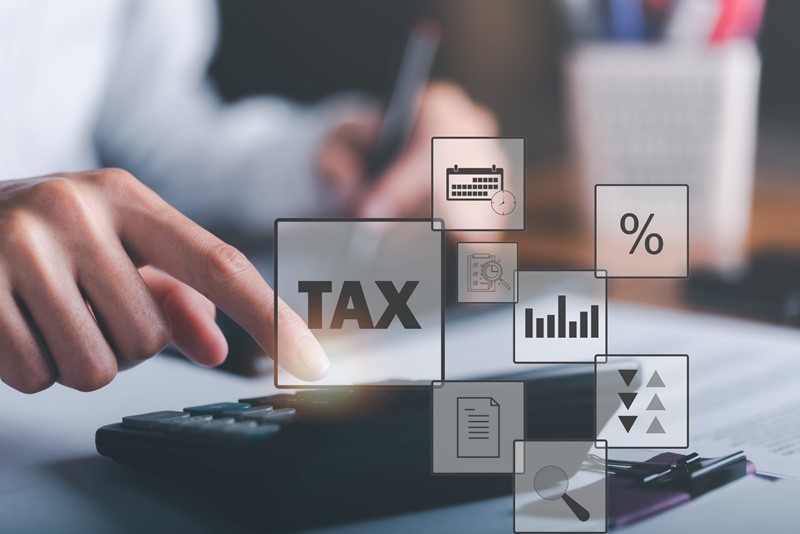The UK's shift to the Foreign Income and Gains (FIG) regime from April 2025 changes how foreign income is taxed. If you are a UK resident, get ready to possibly pay UK Income Tax on all foreign earnings—no more non-dom remittance basis.
UK Income Tax is generally payable on taxable income received by individuals including earnings from employment, earnings from self-employment, pensions income, interest on most savings, dividend income, rental income and trust income. The tax rules for foreign income can be very complex.
However, as a general rule if you are resident in the UK you need to pay UK Income Tax on your foreign income, such as:
- wages if you work abroad
- foreign investments and savings interest
- rental income on overseas property
- income from pensions held overseas
Foreign income is defined as any income from outside England, Scotland, Wales and Northern Ireland. The Channel Islands and the Isle of Man are classed as foreign.
If you are not UK resident, you do not generally have to pay UK tax on your foreign income. There are special rules if you work both in the UK and abroad.
The remittance basis rules which allowed non-UK domiciled individuals (often referred to as non-doms) to be taxed only on UK income and gains, is being abolished. From 6 April 2025, the concept of domicile as a relevant connecting factor in the UK tax system has been replaced by a new residence-based regime known as the Foreign Income and Gains (FIG) regime.
